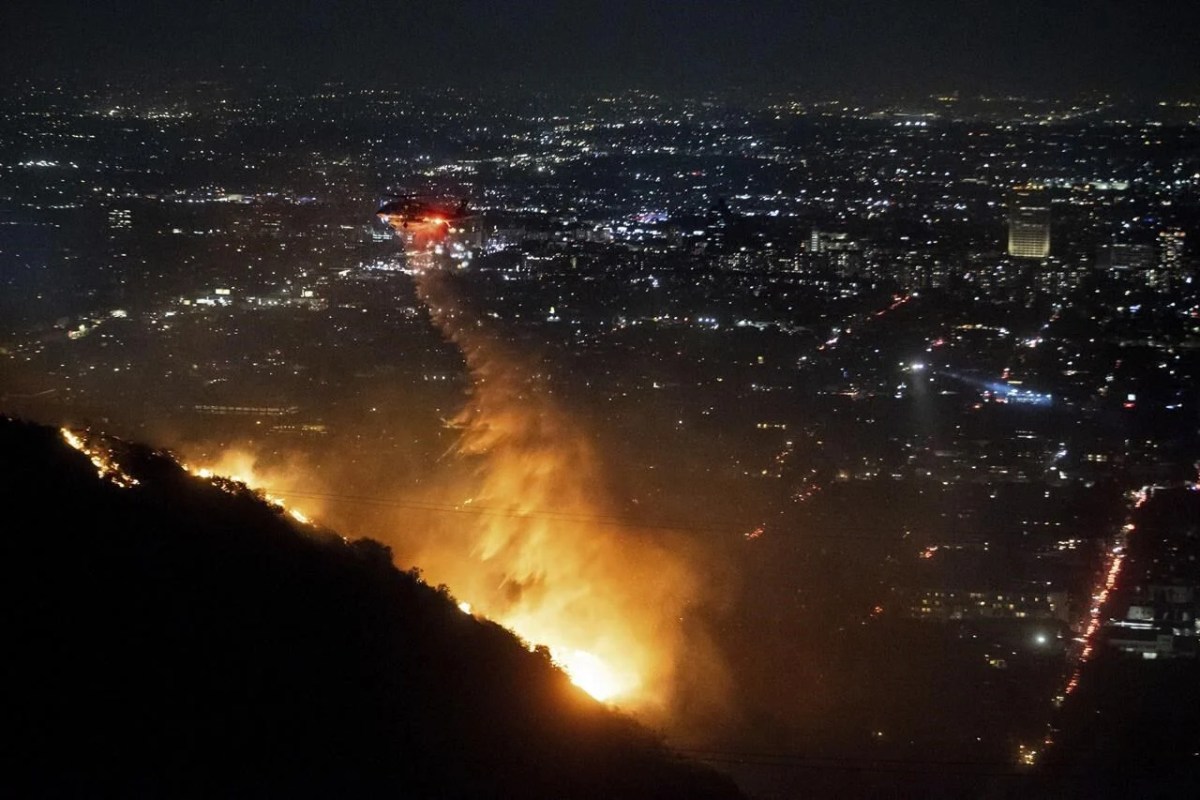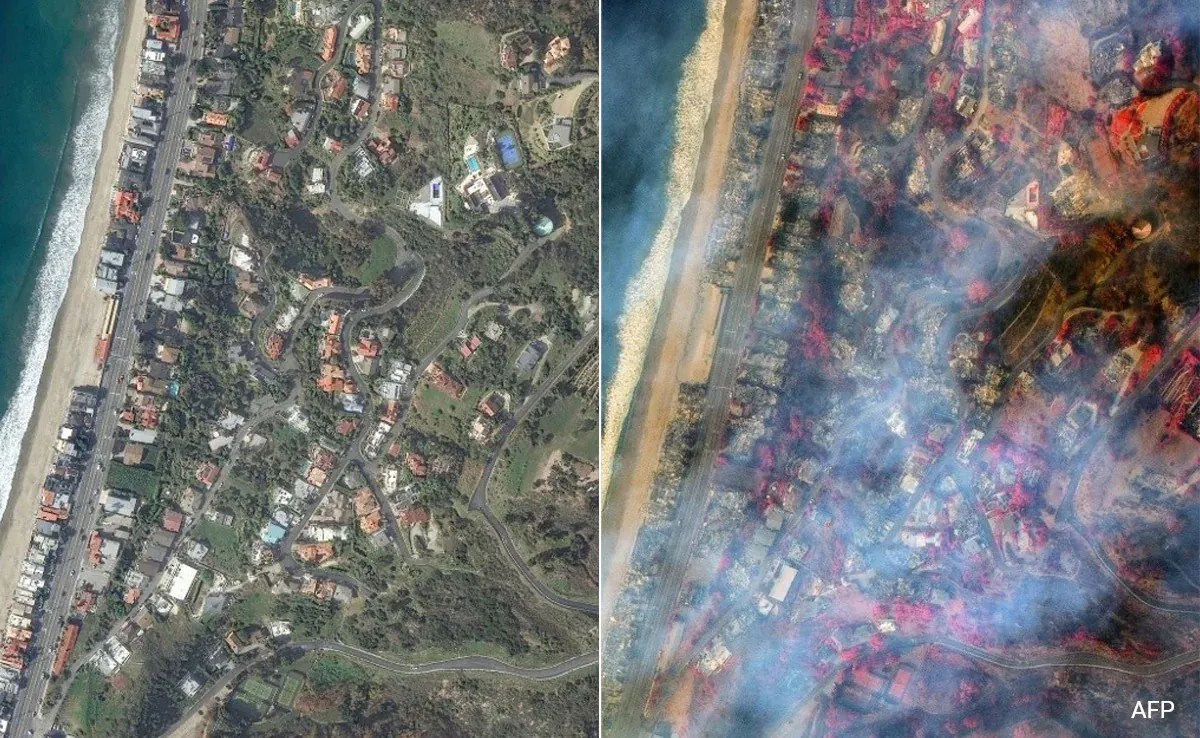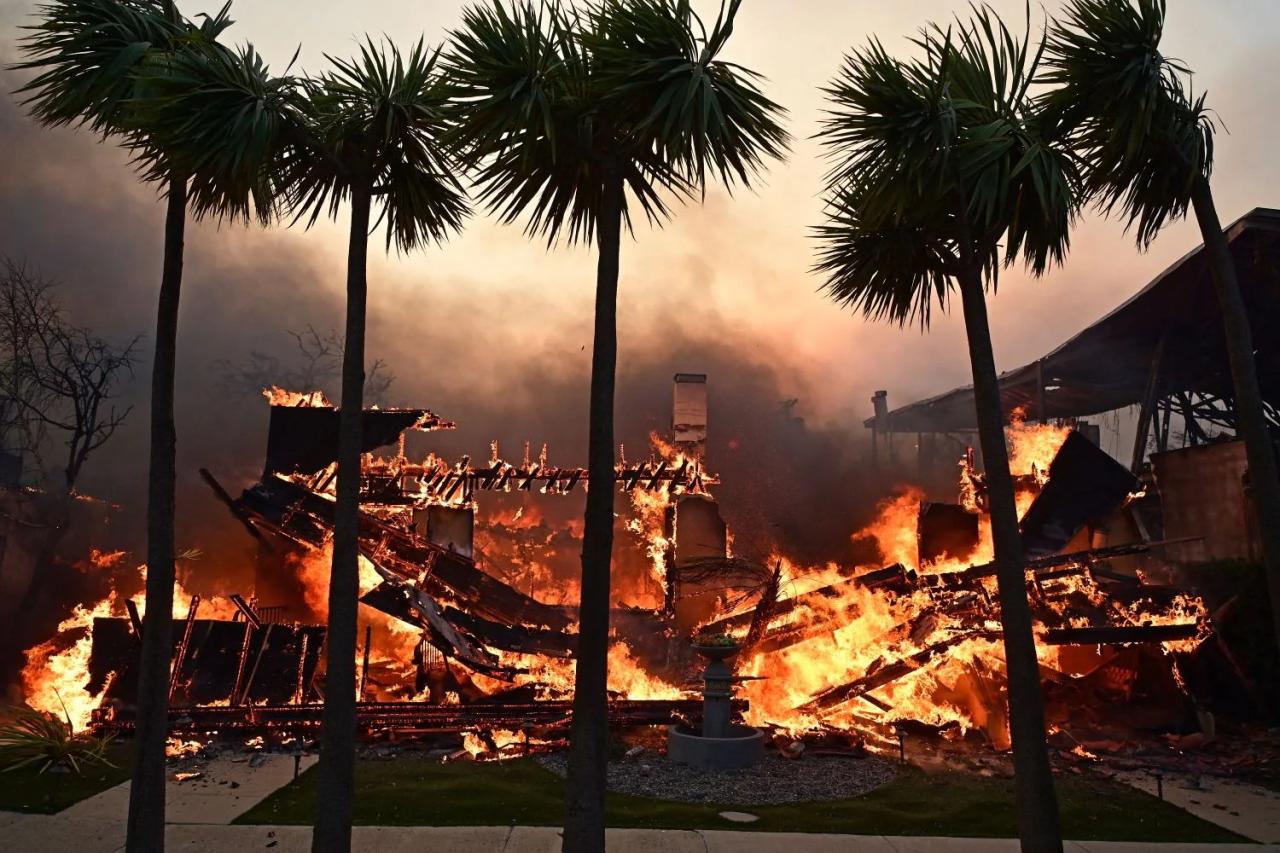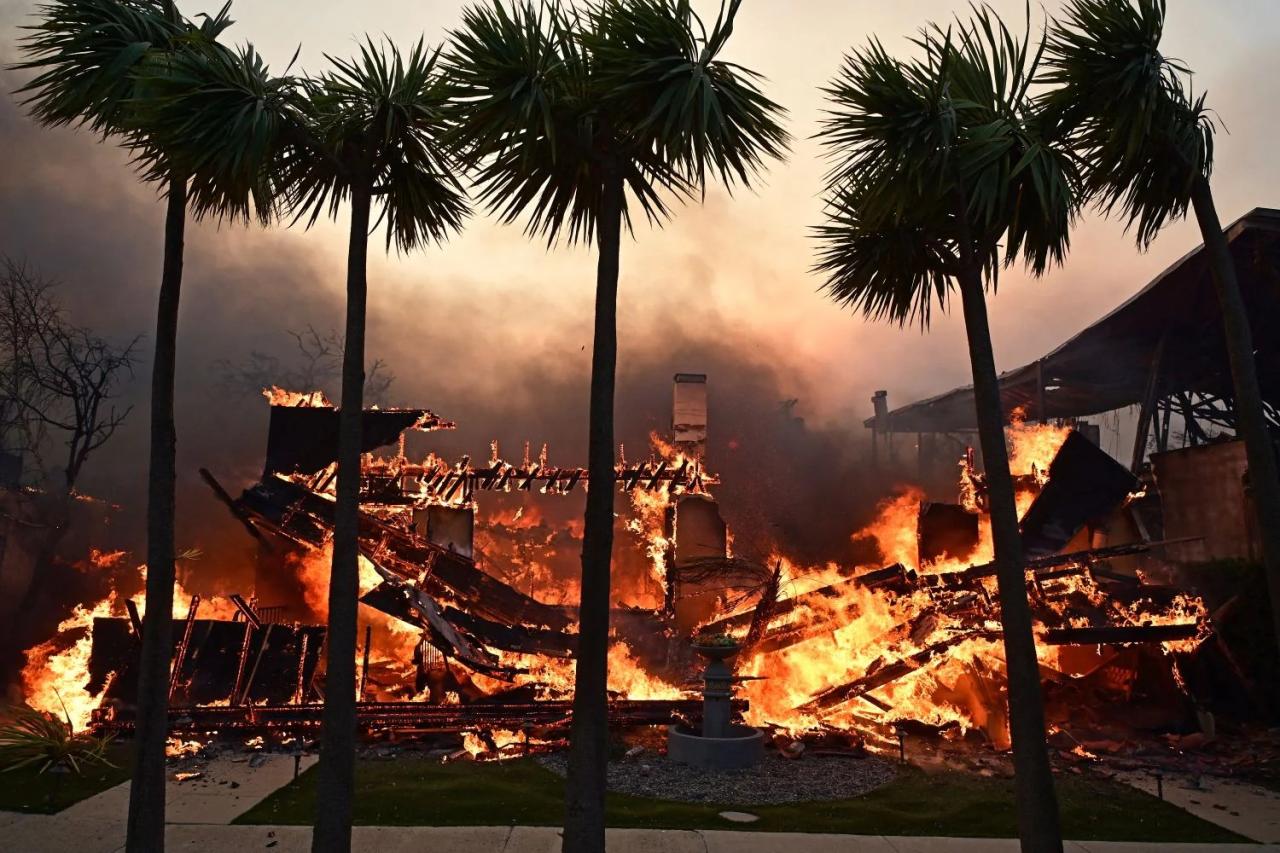Los Angeles fire drone technology is revolutionizing emergency response. This isn’t your grandpappy’s firetruck; we’re talking about sophisticated unmanned aerial vehicles (UAVs) assisting the LAFD in ways previously unimaginable. From rapid fire detection in sprawling canyons to post-fire damage assessment and even search and rescue, these drones are changing the game. This exploration will delve into the LAFD’s drone program, its capabilities, challenges, and future potential.
Los Angeles fire drones are becoming increasingly important for rapid response and assessment. Think about how quickly information needs to travel, like when you’re comparing the stats of two hockey superstars, check out this comparison of connor mcdavid auston matthews – it’s that kind of speed and efficiency that fire departments are aiming for with drone technology.
Ultimately, faster data means faster action for LAFD, saving lives and property.
We’ll cover everything from the specific drone models used by the LAFD and their technical specifications (think camera resolution, flight time, thermal imaging) to the legal and ethical considerations surrounding their deployment in a densely populated city like Los Angeles. We’ll also look at the training involved in piloting these crucial pieces of equipment and the ways the LAFD is engaging the public to ensure transparency and build trust.
Los Angeles Fire Department Drone Program: Los Angeles Fire Drone
The Los Angeles Fire Department (LAFD) has integrated drone technology into its operations, significantly enhancing emergency response and preventative measures. This program’s evolution, technological advancements, and operational aspects are explored below, along with considerations regarding legal, ethical, and public perception aspects.
LAFD Drone Program Overview

The LAFD’s drone program began with initial trials in the early 2010s, focusing on situational awareness during wildfires. The program has steadily expanded, incorporating various drone models with enhanced capabilities. Currently, the LAFD utilizes a mix of rotary-wing and fixed-wing drones, selected based on mission requirements. Deployment involves a rigorous protocol, beginning with a risk assessment and authorization from the Incident Commander.
Pilots undergo extensive training, including FAA certification, specialized LAFD training, and regular proficiency checks.
Drone Applications in Firefighting in Los Angeles

LAFD drones play a vital role across various firefighting operations. Their applications range from proactive fire detection in high-risk areas like canyons and densely populated neighborhoods to post-fire damage assessment and search and rescue operations during wildfires. Drones provide real-time data, improving situational awareness and facilitating efficient resource allocation. However, urban environments present challenges such as restricted airspace, high-rise buildings, and power lines, limiting drone accessibility in certain situations.
Technological Aspects of LAFD Drones
The LAFD employs drones with varying specifications tailored to specific needs. These specifications include high-resolution cameras for detailed imagery, thermal imaging capabilities for detecting heat signatures, and extended flight times to cover larger areas. Rotary-wing drones offer maneuverability in tight spaces, while fixed-wing drones provide greater range and speed for large-scale surveys. In a large-scale wildfire, a coordinated effort using both types would be optimal: fixed-wing drones for initial wide-area mapping and rotary-wing drones for close-range inspection and targeted data collection in critical areas.
Los Angeles fire drones are increasingly vital for rapid response and damage assessment. Thinking about the impact of technology, it’s interesting to consider how disruptions like the ontario colleges faculty strike could affect the development of future drone technology, given the role of educational institutions in research and training. Ultimately, though, LAFD’s drone program will continue to evolve, improving emergency services in the city.
| Drone Model | Camera Resolution | Flight Time (minutes) | Thermal Imaging |
|---|---|---|---|
| Model A (Example) | 4K | 30 | Yes |
| Model B (Example) | 1080p | 45 | Yes |
| Model C (Example) | 4K | 20 | No |
Legal and Ethical Considerations
The LAFD’s drone program operates within a legal framework that includes FAA regulations and department-specific policies. Privacy concerns are addressed through adherence to strict operational guidelines, including clear communication with the public and limitations on data collection. Ethical considerations focus on responsible use, minimizing risks to public safety, and respecting individual privacy.
- Risk: Loss of drone control due to technical malfunction. Mitigation: Redundant systems, regular maintenance, pilot training.
- Risk: Privacy violation due to unauthorized data collection. Mitigation: Strict operational protocols, data encryption, transparent public communication.
- Risk: Drone collision with obstacles or aircraft. Mitigation: Advanced obstacle avoidance systems, pre-flight risk assessments, coordinated airspace management.
Future of Drone Technology in LAFD Operations
Advancements in drone technology, such as improved battery life, enhanced sensor capabilities, and autonomous flight features, promise to further enhance LAFD operations. Integration of AI and machine learning could enable automated fire detection, damage assessment, and even predictive modeling of wildfire risk. Drones could also be used for preventative measures, such as inspecting infrastructure for fire hazards and monitoring environmental conditions.
A future scenario could involve a fully integrated drone system, where drones autonomously patrol high-risk areas, detect fires in real-time, and relay information to dispatch, enabling rapid response and improved resource allocation. This would include the use of drones for pre-emptive hazard detection, post-incident damage assessment, and community engagement.
Public Perception and Community Engagement, Los angeles fire drone

The LAFD proactively communicates its drone program to the public through its website, social media, and community outreach events. Community engagement initiatives include demonstrations, educational workshops, and opportunities for feedback. Potential concerns regarding privacy and surveillance are addressed through transparency and clear communication regarding data usage and operational guidelines. A visual representation of the program’s positive impact could be a graph showing a reduction in response times to fires and an increase in successful rescue operations since the integration of drones.
Ultimate Conclusion
The integration of drones into the LAFD’s operations represents a significant leap forward in emergency response capabilities. While challenges remain—legal, ethical, and technological—the potential benefits for fire prevention, rapid response, and post-incident assessment are undeniable. As drone technology continues to advance, its role in protecting Los Angeles and its citizens will only grow more significant. The future of firefighting in LA is taking flight, literally.
Los Angeles fire drones are becoming increasingly important for rapid fire assessment and situational awareness. Think of how much faster response times could be if they had the water-dropping capacity of something like a super scooper , albeit on a smaller scale. The technology is constantly evolving, and LAFD is at the forefront of integrating drones into their firefighting strategies to improve efficiency and safety.
FAQ Summary
What types of emergencies are LAFD drones used for?
Wildfires, building fires, search and rescue operations, accident scene assessments.
How does the LAFD ensure drone privacy?
Strict operational guidelines and adherence to FAA regulations are in place to protect individual privacy. Data collected is handled responsibly and securely.
What is the cost of the LAFD’s drone program?
The exact cost isn’t publicly available, but it involves initial drone purchases, ongoing maintenance, pilot training, and software updates.
How long does it take to train an LAFD drone pilot?
Training duration varies, but it involves extensive theoretical and practical instruction, covering flight operations, emergency procedures, and relevant regulations.
